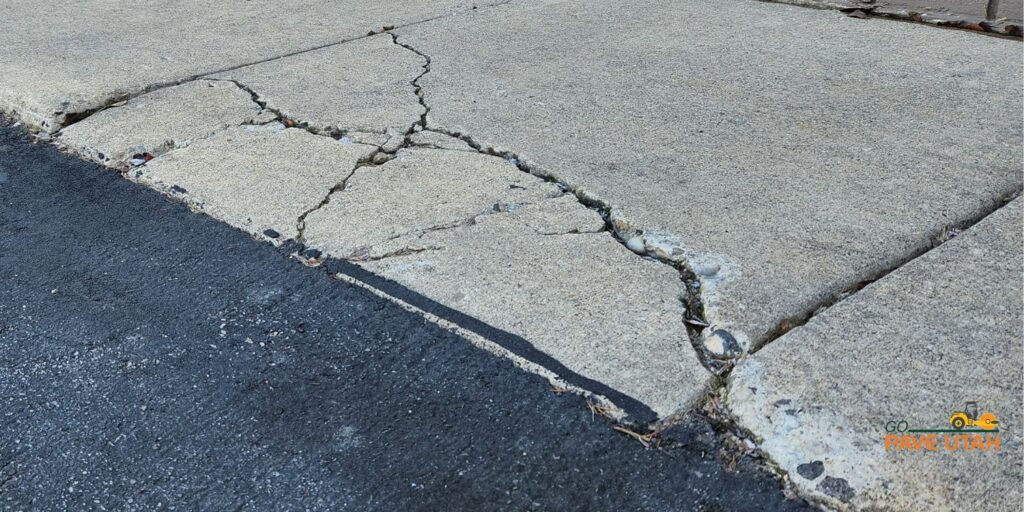
Weather conditions throughout the winter months may wreak havoc on concrete surfaces, causing a variety of issues that, if not dealt to in a timely manner, can lead to repairs that are more extensive and expensive. When it comes to maintaining the safety and aesthetics of their property, it is essential for every business owner to immediately recognize any damage that may have occurred. Winter weather poses significant challenges to the durability of concrete structures, particularly through the freeze-thaw cycles that are a hallmark of seasons with fluctuating temperatures. The scientific phenomenon behind freeze-thaw cycles involves water seeping into the porous surface of the concrete and then expanding upon freezing. As water expands, it exerts pressure on the concrete from within, which can lead to cracking and structural compromise.
The diagnosis of concrete damage involves doing a thorough check for common issues such as cracking, spalling (which occurs when the concrete flakes or chips away), heaving, or sinking. The majority of the time, these take place after water has penetrated the surface, frozen, and expanded, which ultimately leads to the concrete cracking and breaking apart. In addition, some signs of probable damage include discoloration as well as the emergence of efflorescence, which is a white powdery substance. To protect concrete stairs and walkways from winter-related damages, proper maintenance is essential. This includes regular sealing of the concrete surface to prevent water penetration. It’s also advised to avoid using deicers containing ammonium nitrate or ammonium sulfate, which can rapidly deteriorate the concrete. Instead, opting for sand or calcium chloride can provide a safer alternative for increasing traction without causing harm to the surface.
Repairing and restoring concrete surfaces should be a priority as soon as the weather permits, typically in the spring, if damage has been found and the damage has been identified. The use of a concrete crack filler or sealer that is designed for use outside is frequently effective in filling cracks. When bigger regions of damage are present, it may be necessary to remove and replace all the pieces that have been damaged. In certain circumstances, resurfacing the concrete can also result in the creation of a new and long-lasting top layer.
For long-term strategies, one should consider designing slopes and drainage systems to direct water away from concrete surfaces, which will minimize standing water that can freeze and cause damage. Employing quality concrete mixed with air entrainment can also improve resistance to the freeze-thaw cycles. Air entrainment is the process which introduces tiny air bubbles into the concrete, providing space for water to expand into when it freezes and thereby reducing internal stress on the concrete. Regular inspections and prompt repair of minor cracks and damages can prevent them from becoming serious issues.